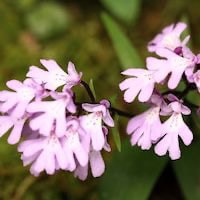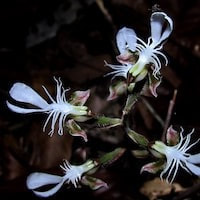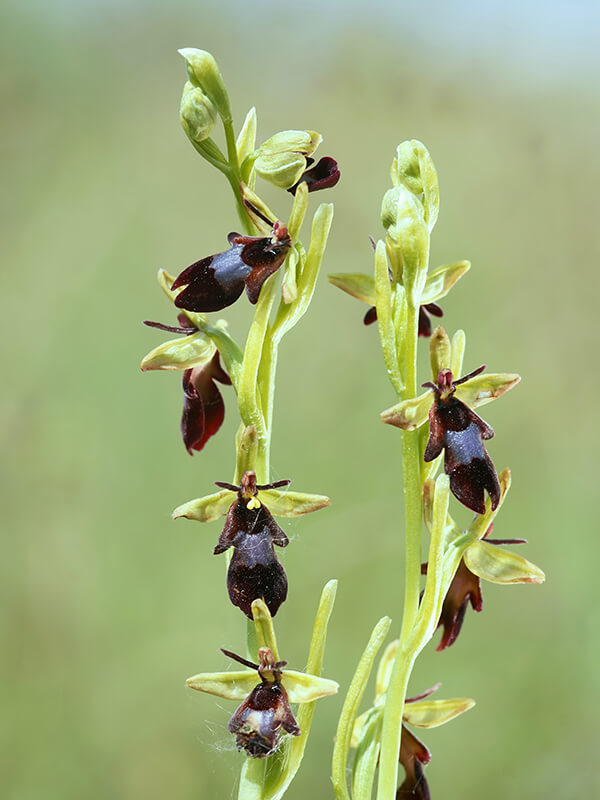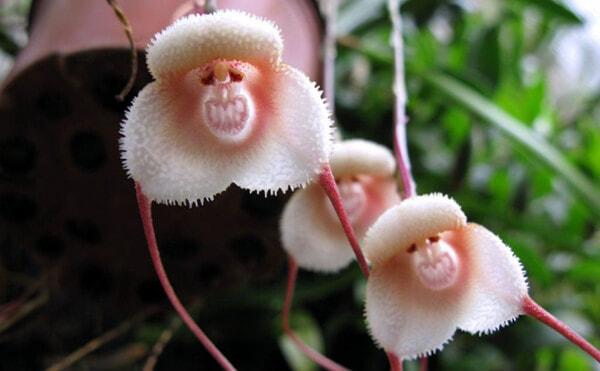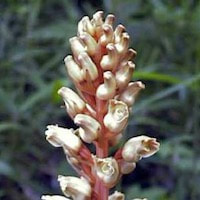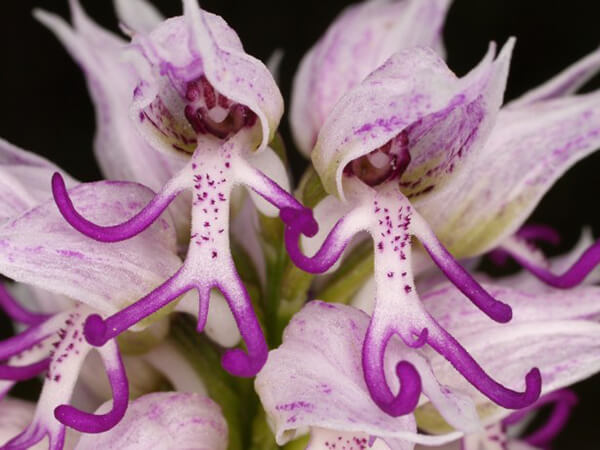WFL1- Women's Floral 1 - Amazing grace
|
Native Singaporean Orchid notes: Bulbophyllum Lobbii
Bulbophyllum Lobbii is featured in the Floral 1 (Women) perfume workshop at Scentopia for team building. This orchid thrives in warm climates and is ideal for mounting or planting in well-draining soil. Known as Thailand Bulbophyllum or Sumatran Bulbophyllum, it was named after Thomas Lobb, who introduced it to England. Its fragrance, a unique blend of jasmine and cucumber, is notable. In Thailand, its leaves are traditionally used for treating burns.
|
Therapeutic Orchid notes:
|
Amitostigma gracile (Blume) Schltr
Amitostigma gracile, known by various Chinese names like Xitingwuzhu Lan, is a small terrestrial orchid found in the Himalayas, China, and Japan. It grows from round, underground tubers and has significant herbal uses in traditional Chinese medicine. The plant can be boiled whole for detoxification, relief of swelling, and hemostasis, or its fresh stems and roots ground into a paste for similar external applications. Additionally, preparations involving its roots and stems mixed with rice water are used to treat venomous snake bites, while decoctions from either fresh or dried herb forms are employed for conditions ranging from external injuries to menstrual irregularities. |
|
Anoectochilus Blume
Anoectochilus Blume, known in Chinese as Jinxian Lan (gold thread orchid) and Jianxianlan in Chinese medicine, is a type of orchid celebrated for its velvety foliage adorned with delicate golden veins. These Jewel Orchids are distinguished by their oval leaves and unique appearance, characterized by the Greek-derived name "Anoectochilus," meaning "open lip." They thrive across Sri Lanka, Singapore, India, and southern China, encompassing approximately 40 subspecies known for their ornamental and medicinal value. |
|
Cymbidium bicolor Lindl.
Cymbidium bicolor Lindl., called Visa Dhooli (Poison Dust) and Beyudhuru in Sri Lanka, is an orchid found across India, Sri Lanka, and Southeast Asia. Its leaves are used in traditional medicine, particularly in southern China, for treating fractures. This species thrives in various regions, including the Andaman and Nicobar Islands, Sumatra, Malaysia, Kalimantan, the Philippines, and Sulawesi, known for its medicinal properties and widespread distribution. |
|
Cypripedium formosanum Hayata
Cypripedium formosanum Hayata, known as Taiwanshao Lan (Taiwan spoon orchid), Taiwanpuxie Lan (Taiwan ordinary shoe orchid), Yidianhong (One Spot of Red), and Taiwanjiapuxie Lan (Taiwan ordinary shoe orchid) in Chinese, is a terrestrial orchid native to Taiwan. In traditional medicine, the entire plant is used for its medicinal benefits. It is believed to improve blood circulation, regulate menstruation, relieve pain, and alleviate itching. The root and stem are specifically utilized to expel gas, enhance blood flow, and treat conditions like malaria, snake bites, injuries, and rheumatism. |
|
Liparis nakaharae Hayata
Liparis nakaharae Hayata, known as Aochunyangersuan in Chinese, is an orchid species valued for its potential medicinal properties. In Taiwanese folk medicine, it is believed to have properties that could be beneficial in treating cancer. However, further scientific research is needed to confirm these claims. Nonetheless, Liparis nakaharae Hayata remains respected in traditional medicine for its perceived potential in managing cancer-related conditions. |
|
Liparis nervosa (Thunb.) Lindl. Syn. Liparis bicallosa (D. Don) Schltr.
Liparis nervosa, known by numerous names in Chinese and as nerved twayblade in Hong Kong, is a small herbaceous plant found in tropical and sub-tropical regions. It flowers at different times across its range and contains nervosin, a compound with medicinal potential. Traditionally, it is used for reducing fever, stopping bleeding, and treating conditions like cramps and rheumatic pain. It also shows antibacterial, antifungal, and antioxidant properties in scientific studies. |
Other scent note
Rose oil, carnation, blue poppy, Alumroot, cyclamen, desert rose, dahlia, Gerbera, Gorse, Lotus, Mimosa and Marigold
Scentopia Library Reference ingredient
Frangipani - Sentosa's plants - Check details at Scentopia's scent library
Download the guided mediation that works best with this Orchid fragrance oil
| women_floral_essential_oil_orchi_00001.mp3 | |
| File Size: | 112282 kb |
| File Type: | mp3 |

